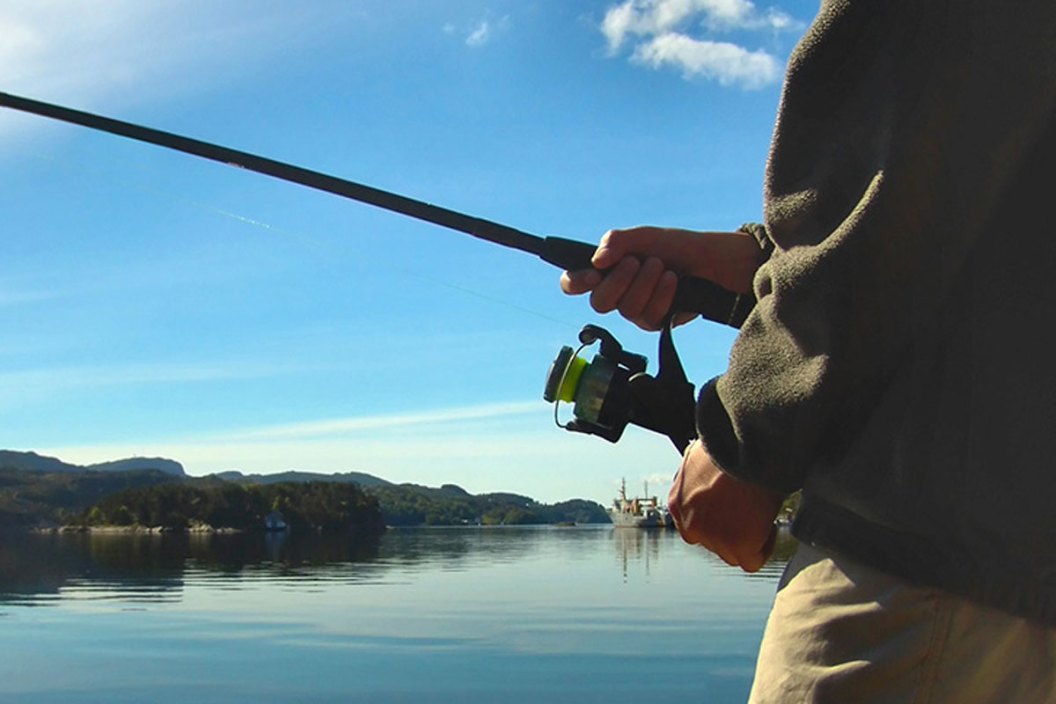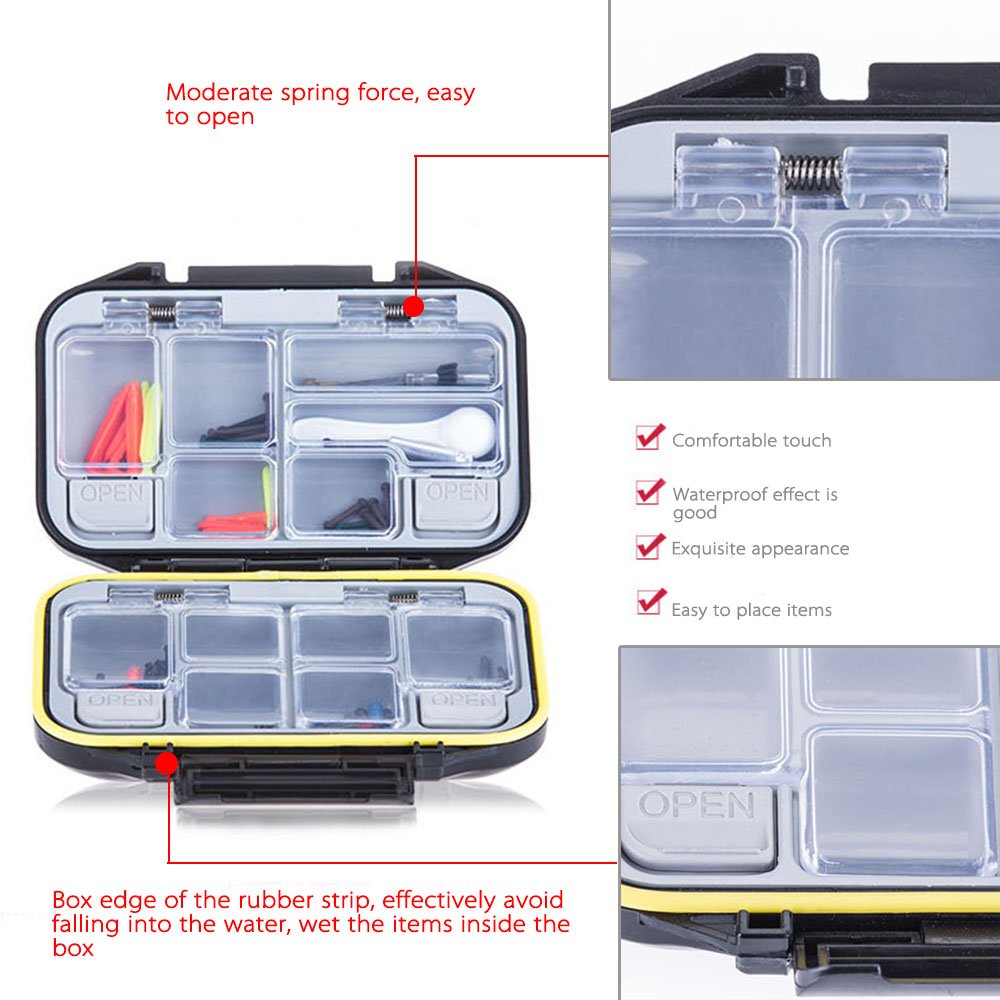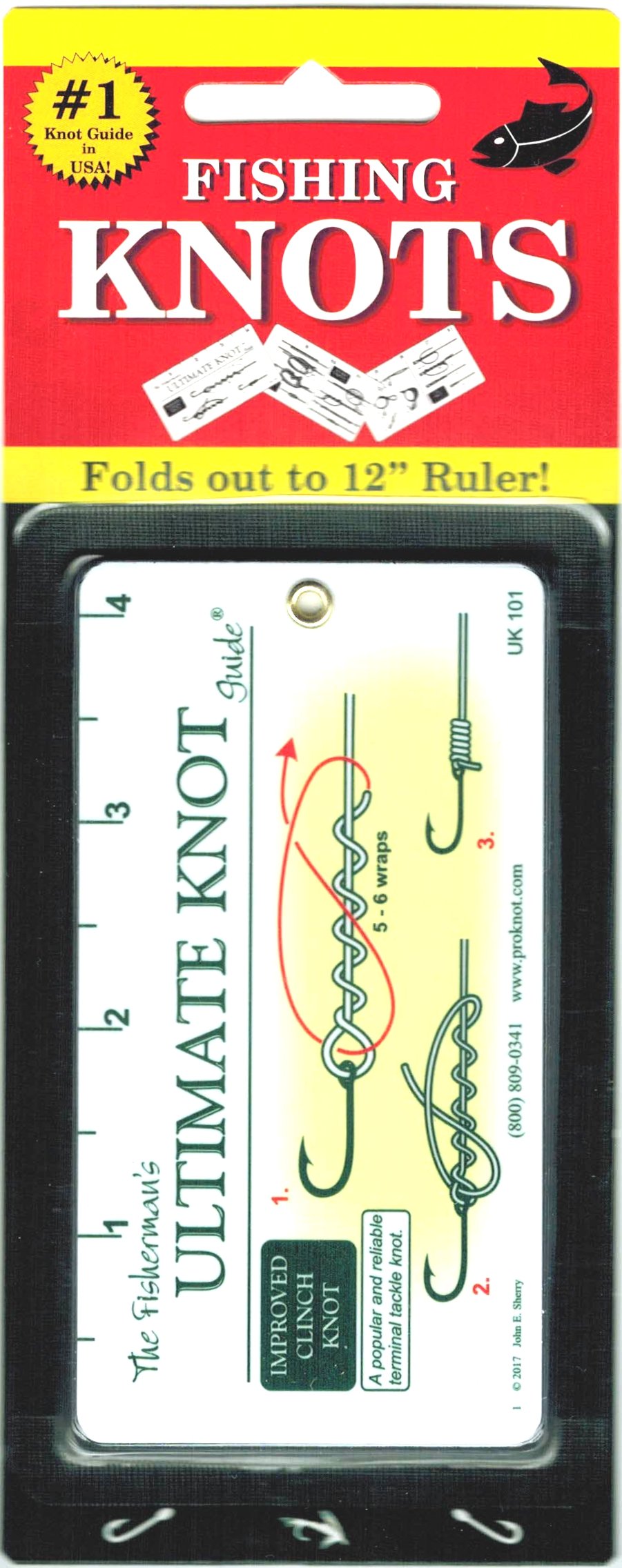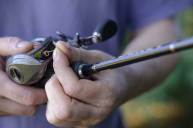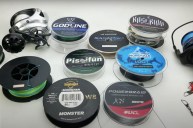If you were wondering how to tie fishing knots that work for anything, these are easy to learn.
Every angler needs a few things to be successful: a good rod-and-lure combination, a great location and the ability to tie a few simple but pivotal fishing line knots.
Searching online will reveal how to tie fishing knots and a lot of them, but don't worry if you're just starting out. You don't really need to learn every knot in the books, at least not right away. In fact, the need-to-know fishing knots can be distilled down to these 10 essentials.
Lucky for you, we've graciously done it for you in the list below with the 10 strongest fishing knots for any kind of fishing.
The Palomar Knot
If you learn to tie a particular knot—especially if you fish with a braided line of any kind—make it the Palomar knot. Regarded by anglers as having great knot strength, the Palomar serves a similar function to the improved clinch knot, securing a hook or swivel to one end of your fishing line, or fastening a fly to a fluorocarbon leader while fly fishing.
It's basically just an overhand knot with doubled-up line, and the hook or lure goes through the loop left before tightening. Practice your simple fishing knots at home the easy way, with this top-rated practice guide.
The Blood Knot
Unlike the improved clinch knot and the Palomar knot, a blood knot is not used to fasten fishing line to hooks or lures, but is instead utilized for tying two pieces of fishing line together. Used often with fly line or for making use of broken or odd length fishing lines, the blood knot is an easy-to-learn and valuable skill to have on any fishing boat.
The blood knot is one of your better line to line knots as long as they're of similar diameter (i.e. comparable diameter, etc.), but can come in handy for any makeshift fishing line situation if you find yourself in a pinch.
The Improved Clinch Knot
Chances are, if you've been fishing for more than about a week, you know how to tie an improved clinch knot. It's one of the most important knots in all of fishing, used by most anglers to secure their hooks, lures, or swivels to the fishing line.
The knot is strong and firm and has become a reliable standby for fisherman of all stripes because it can hold up in battles against big fish. If you learn to tie one knot, this is the one you need to know. It's super easy to cut off the tag end, and it's a good knot to store away with all those other fishing tips in your brain.
The Surgeon's Knot
Like the blood knot, the surgeon's knot comes in handy when you need to attach two different pieces of fishing line. Unlike the blood knot, the surgeon's knot is optimal for fastening together two fishing lines of different diameters, and it has a pretty sturdy breaking strength.
It's easy to tie and is essential for any angler, especially if you're the kind of fisherman who keeps bits and pieces of old fishing line lying around for future use.
The Spider Hitch Knot
Used to boost the strength of a fisherman's line, the spider hitch knot is a lesser-known, but no less useful knot to have in your arsenal. By forming a double line, the spider knot is able to take on heavier hooks or leaders.
Furthermore, have a double line gives you extra security: if one of the strands breaks during a battle with a fish, you still have the other one holding strong so you can keep fighting until you have the big one reeled in. It's a favorite of saltwater fishermen.
So, what are you waiting for? Grab your fishing rod, string your line through the rod guides, start tying fishing knots and hit the water!
Uni Knot
Also commonly referred to as the hangman's knot, the uni knot is monofilament go-to for many anglers. Its simplicity earns it a lot of popularity throughout the fishing community, as many find it easy to learn quickly. Additionally, it's one of the most versatile knots around.
Arbor Knot
Similar to the uni knot, the Arbor knot is extremely simple and appropriate for many different applications.
The beauty of the Arbor knot, however, is the strength it adds to your backing if a fish happens to spool you. Your line may snap if the fish is that heavy, but you can be sure you won't lose any fish due to a weak knot.
Turle Knot
The Turle knot, named after Major William Greer Turle, is most popular among fly fishermen, but it can be tied to a hook all the same.
It's typically used to tie a fly or hook to a leader, regardless of whether the hook is turned up or down.
The line then emerges perpendicular to the hook.
San Diego Jam Knot
This knot, which is one of the strongest around wraps around both the tag end and standing line, which creates a better cushion.
Because it wraps around more than one strand, it's actually stronger than a clinch knot, great for braided and fluorocarbon lines. However, it dates back to WWII, where it was utilized with a monofilament line.
The number of turns used in this knot depend on size, so you should use seven or eight turns for a 10-pound line and around three turns for a 40-pound line.
Trilene Knot
Most commonly used with monofilament and fluorocarbon line, this a great option for tying on hooks, snaps, swivels and lures.
Also commonly referred to as the two turn clinch knot, which is very similar the improved clinch knot, except for one extra step. Before twisting the knot, you simply go back through the eye of the hook, adding just a little more reinforcement.
Fishing Must-Haves
1. Hook-Eze
Products featured on Wide Open Spaces are independently selected by our editors. However, when you buy something through our links, we may earn a commission.
Hook-Eze seems convenient for both experienced and novice fishers. While the experienced angler doesn't necessarily need a tool like this, it's not like he or she wouldn't want to speed up the process a little bit throughout the course of an entire day of fishing.
2. Mini Utility Lures Fishing Box
Store your bait, hooks and more! If you want to be able to tie knots and efficiently switch out your fishing rigs, you're going to need a way to organize your tackle. A small, pocket-sized tackle box like this is the perfect way to stay prepared at all times without having to haul around a great big tackle bag.
3. Knot Practice Guide
YouTube videos and articles are great references for knot tying, but if you don't have any service to look up a quick tutorial, this is a wonderful guide. Keep it on hand anytime you're fishing. Knots included are the improved clinch, Palomar knot, uni knot, surgeon's knot, double uni knot, perfection loop, dropper loop, surgeon's end loop, nail knot and blood knot.
